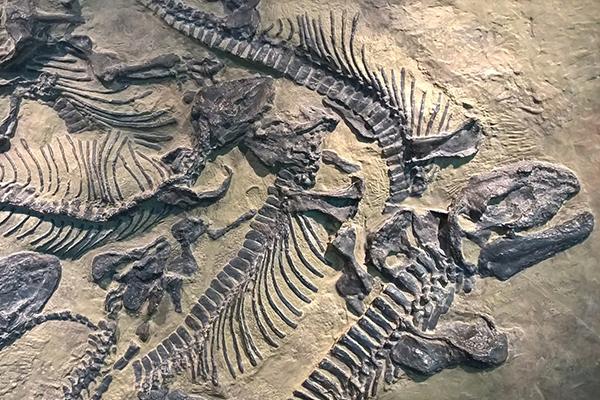
Mass extinctions are important intervals of biodiversity loss, ecosystem upheaval and change in the evolution of life. Modern biodiversity loss and the possibility of it representing a 6th mass extinction caused by human pressures, makes it pertinent to understand the dynamics of past mass extinctions. Recognized in the fossil record through pronounced changes in fossil assemblages, mass extinctions are attributed to large-scale environmental disasters. However, their dynamics are often poorly understood. In particular, how populations decline to the point of the extinction of a species, how ecosystems interact with climate and if these interactions can modify the earth into a new climate state (a tipping point), are all poorly constrained. Many ecosystem-related feedbacks in the complex climate system, including those that have serious societal implications, are not and may never be precisely and definitively modeled on a deterministic basis. Compounding uncertainties and emergent interactions often reduce the power of top-down and bottom-up simulations to predict ecosystem processes. We need to develop a new approach to simulate ecosystem disturbance and extinction by using stochastic, nonlinear multi-scale models validated with data of ecosystem diversity and activity.
The main questions to be discussed:
- How to quantify biomass and biodiversity for different (long and short) time intervals using new methods of deep learning from data science. How to reconstruct biogeographical and evolutionary histories for climate sensitive taxa.
- How to simulate the nonlinear/stochastic changes in the dynamics of (paleo) ecosystems under climate change applying the approaches of dynamical system theory and statistical mechanics. How to mathematically/biologically determine a mass extinction.
- How to compute the mass extinction/harmful biodiversity impact on climate feedbacks. How to connect bifurcation points in ecosystem dynamics to climate tipping points.
